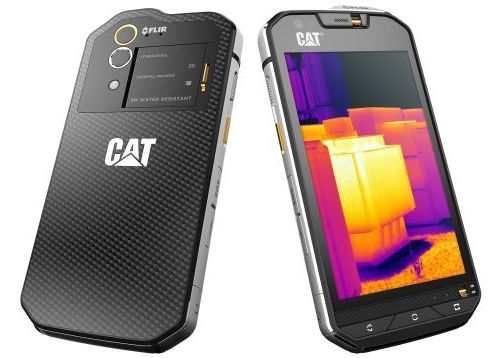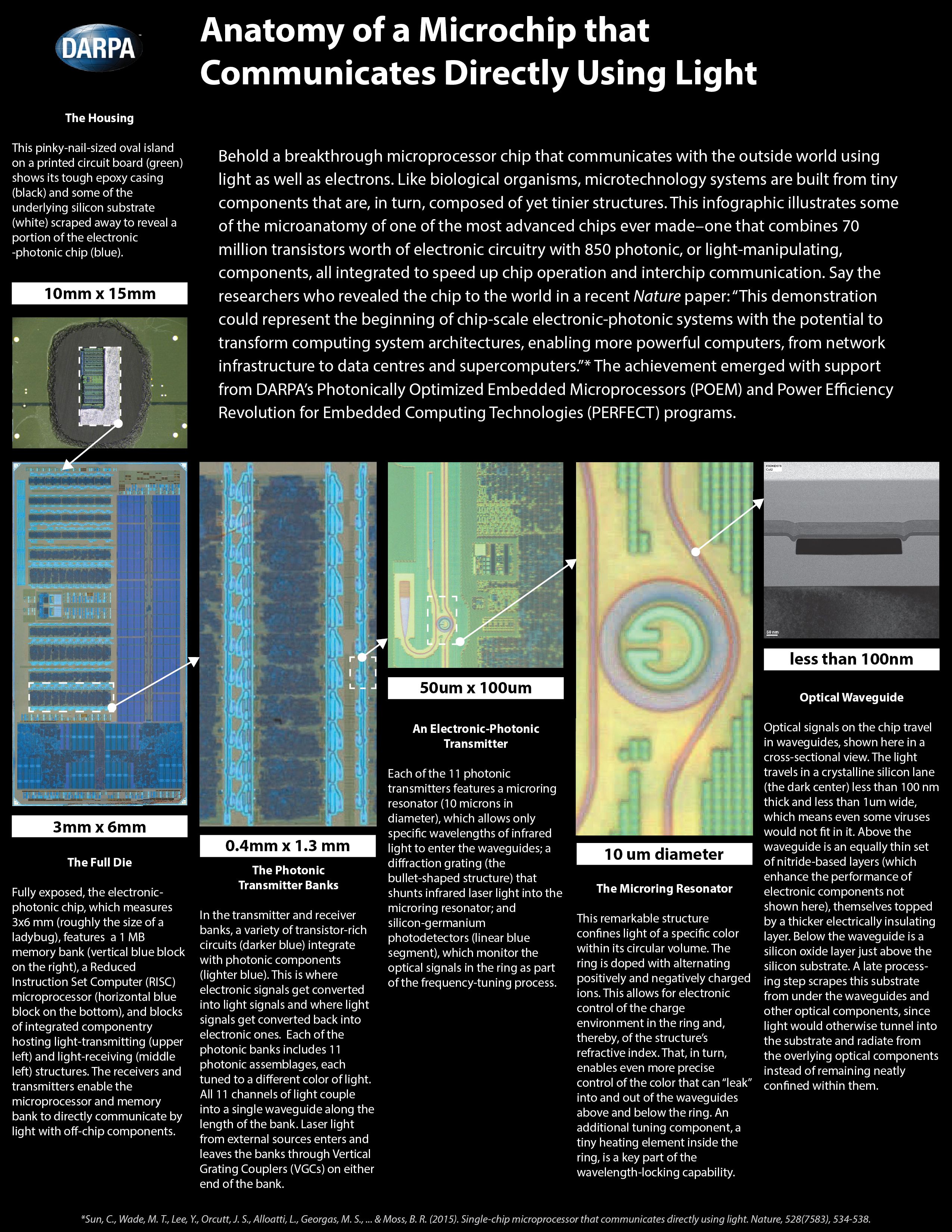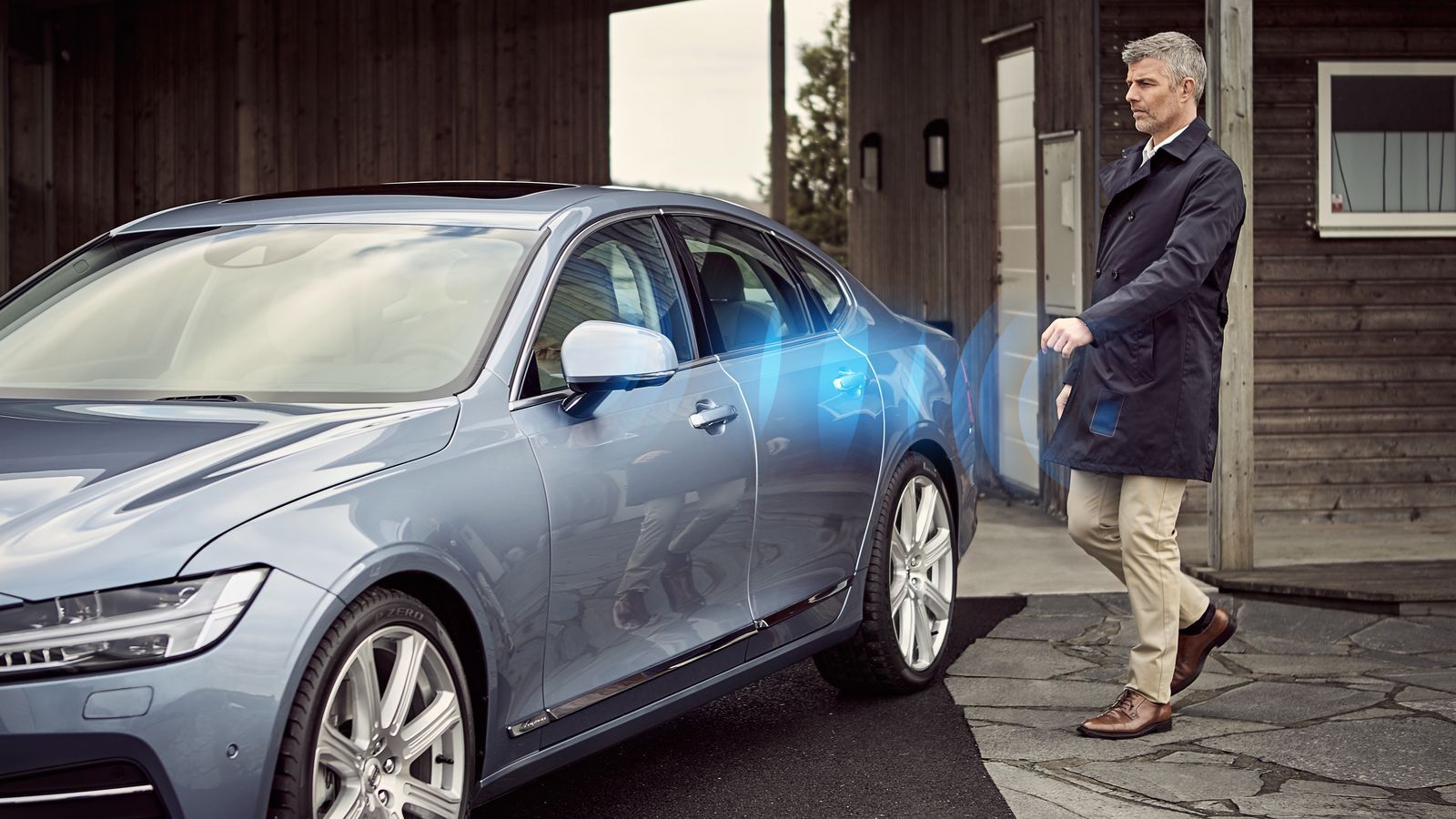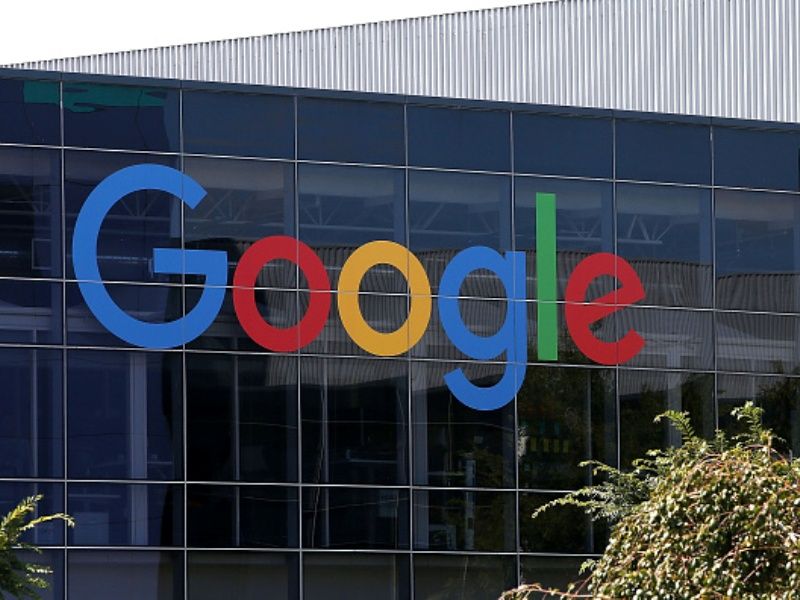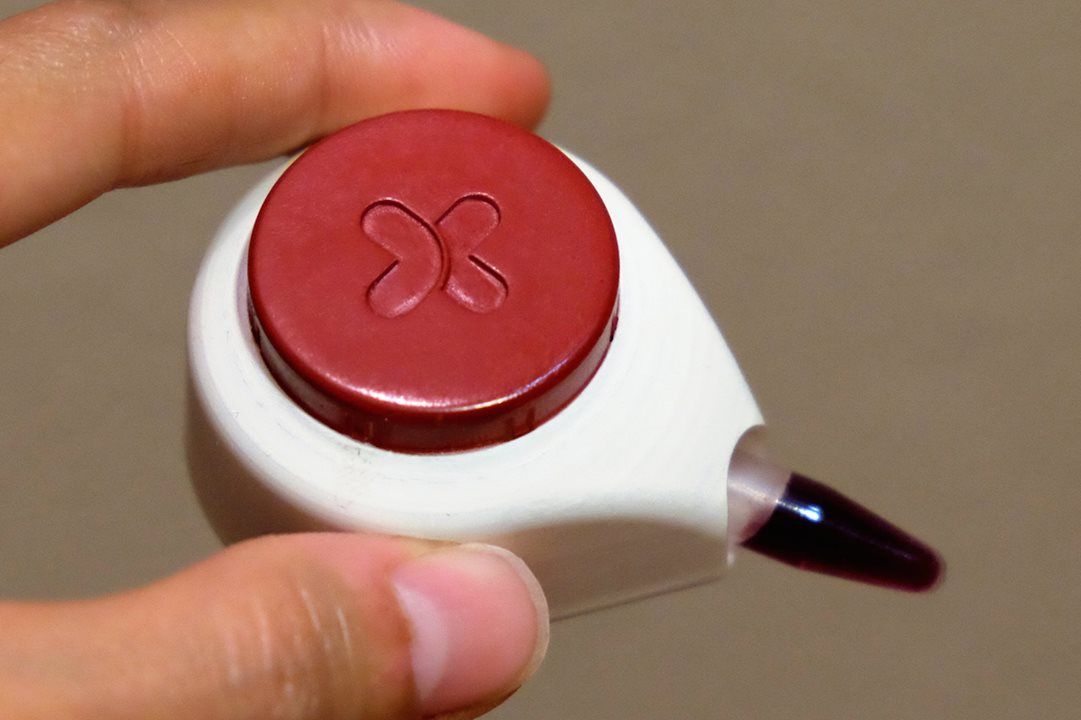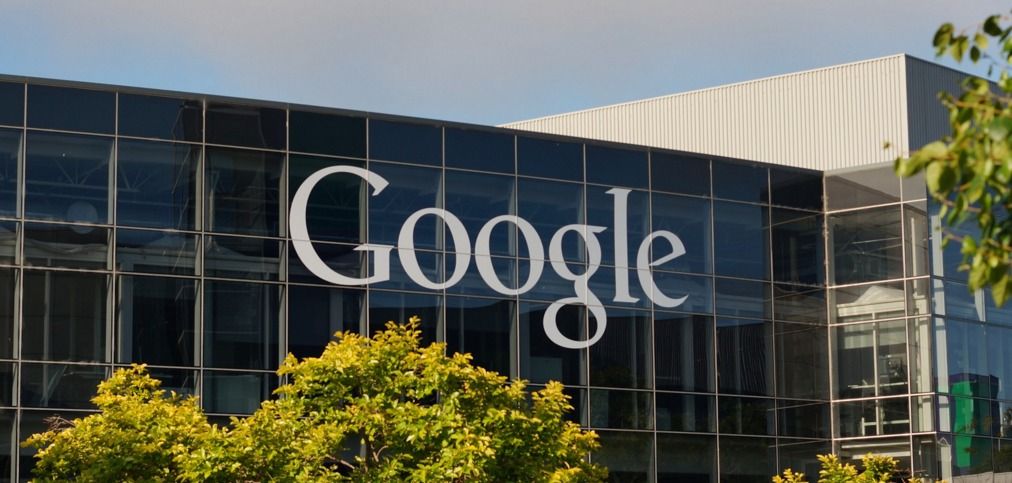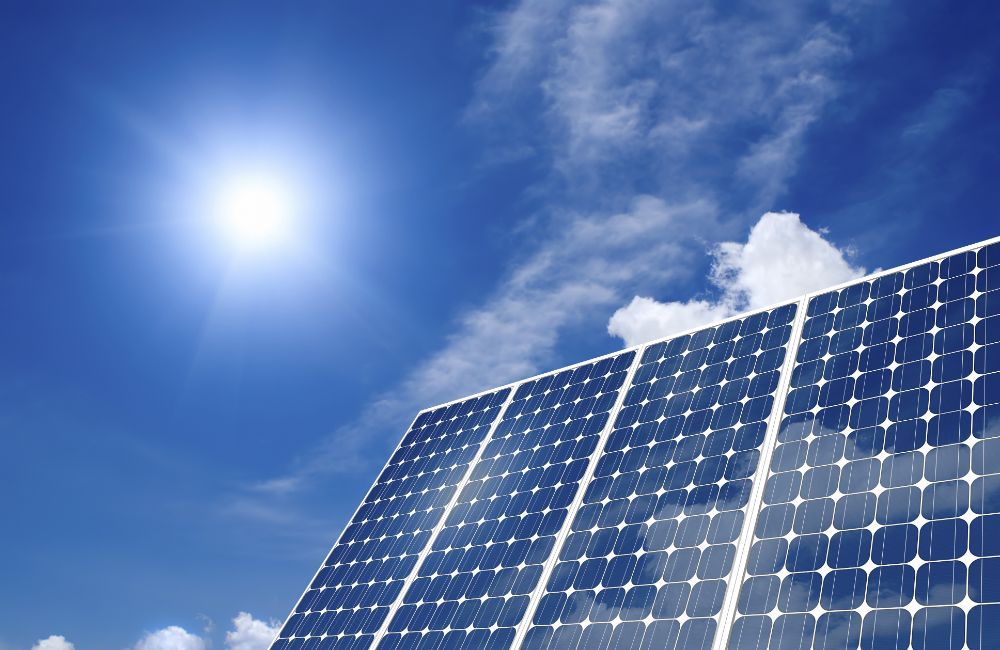Feb 20, 2016
Study identifies specific gene network that promotes nervous system repair
Posted by Shailesh Prasad in categories: biotech/medical, neuroscience
Whether or not nerve cells are able to regrow after injury depends on their location in the body. Injured nerve cells in the peripheral nervous system, such as those in the arms and legs, can recover and regrow, at least to some extent. But nerve cells in the central nervous system—the brain and spinal cord—can’t recover at all.
A UCLA-led collaboration has identified a specific network of genes and a pattern of gene expression mice that promote repair in the peripheral nervous system in a mouse model. This network, the researchers found, does not exist in the central nervous system. The researchers also found a drug that can promote nerve regeneration in the central nervous system.
The study appears in the online edition of the journal Neuron.

